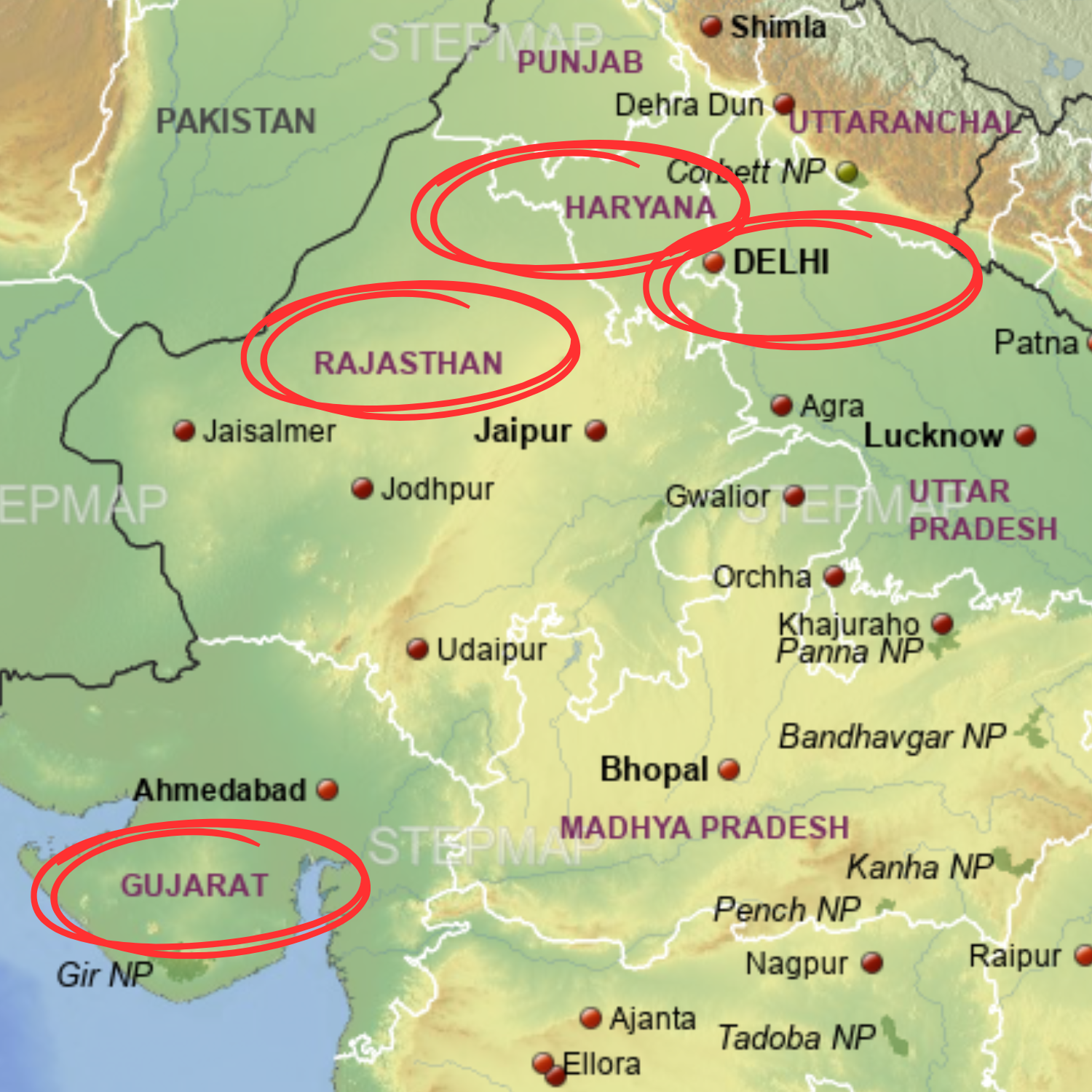As a consequence of the large-scale eruption of the Hayli Gubbi Volcano in Ethiopia, a volcanic ash plume moving rapidly eastward into Indian Airspace has been produced. Since its formation, the plume of ash (estimated to be moving between 100kph-120kph) has been carried along in the upper atmosphere by strong winds, which will carry fine particles (i.e. volcanic glass, rock dust, sulphur dioxide) of volcanic material all the way to the Arabian Peninsula.
Experts indicate that while the lower atmosphere will not see significant drops in air quality based on historical precedent, the eruption has resulted in delayed international flight paths and has generated a formal warning from India's Aviation Authority regarding air traffic associated with this event. Scientists and weather services have been keeping a close eye on the dust plume as it continues its journey east into the Gulf of Oman and towards India.
Check Out: INS Mahe Explained: Check Features, Motto and Role in Indian Navy Operations
Several flights have been cancelled, delayed or rerouted in India after the eruption of the Hayli Gubbi volcano in Ethiopia. The volcano which was dormant for several thousand years began erupting on Sunday morning.https://t.co/PlDYIJFav7 pic.twitter.com/WTDHL5zwhn
— BBC News Africa (@BBCAfrica) November 25, 2025
What is a Volcanic Ash Cloud?
When magma erupts violently, it releases magma/gases/rock fragments into the atmopshere as a high-altitude volcanic ash plume. Unlike regular "ash," volcanic ash contains very fine shards of volcanic glass as well as pulverised minerals and rock. It also occurs when magma is subjected to sudden pressure change thus causing breakup into dust-sized particles. Due to the tiny size of these particles, they can ascend many kilometres above the surface and drift long distances due to strong upper tropospheric winds.
An ash plume can extend over entire regions or countries, disrupt air transportation, degrade visibility, and change weather conditions. The ash particles can also cause significant damage to aircraft engines and instruments because they are hard and heat resistant; however, ash clouds can infrequently have any immediate impact on air quality at the surface.
Which Parts of India Are in the Plume’s Path?

The volcanic ash plume drifting from Ethiopia toward India is primarily affecting the western and northwestern regions of the country. According to meteorological tracking, the cloud first entered Indian airspace over Gujarat, carried by strong upper-level winds. From there, it is expected to move toward Rajasthan, including cities such as Jaipur and Jodhpur.
As the plume continues eastward, it may extend toward parts of Delhi–NCR, Haryana, and Punjab, where hazier skies or reduced visibility could be observed at higher altitudes. In some forecasts, the ash cloud may even approach the Himalayan foothills, influencing regions in Himachal Pradesh and Uttarakhand.
While surface-level impact is limited, these areas remain under observation for aviation and atmospheric updates.
How the Ash Cloud Formed?
Ethiopia's Hayli Gubbi volcano erupted with enormous explosive power after being dormant for many years, releasing magma, heated gases, and rock fragments high into the atmosphere as volcanic ash and volcanic glass when it erupted.
The rapid decompression of the gases during the eruption also turned molten rocks into small pieces of volcanic glass and ash, creating a large ash cloud that was then propelled into the higher atmosphere using thermal convection currents, with particles of ash reaching altitudes of between 15 to 45 km.
Once they reach the upper atmosphere, these particles will distribute very quickly throughout a region. Because these fine, light particles are able to remain airborne for long periods of time and be transported great distances horizontally, the plume of ash is able to drift from Africa toward India.
Path and Speed of the Ash Cloud
As a result of strong upper atmospheric winds, the cloud of volcanic ash from Ethiopia is being transported very rapidly across regions.
These winds then transported the ash cloud to the east over the Red Sea, through Yemen and Oman, and eventually into India.
At this time, meteorologists believe that the ash plume is travelling at speeds of approximately 100 to 120 km/h, enabling it to cover vast distances very quickly. The majority of the ash cloud is found in the upper troposphere, which extends from altitudes of approximately 15,000 feet to 45,000 feet above sea level, far above what we consider to be normal weather clouds.
The speed at which it is travelling and its height are both causing concerns about potential damage that may occur.
Comments
All Comments (0)
Join the conversation